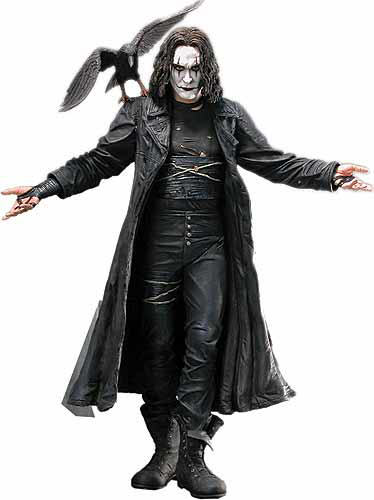Final Four Primer
Posted by rtmsf on April 1st, 2008Here’s a quick look at some odds and ends from each of the 2008 Final Four teams, while we’re busily getting ready for our preview later this week:
North Carolina (#1 seed East)
how they got here: blitzkrieged the East region pretenders (MSM, Arkansas, Wazzu, Louisville) by an average of 25.3 ppg
why they’ll win it all: no other team has as much balanced offensive firepower as Lawson & Hansbrough
why they won’t: ol’ Roy can’t win the Big One with his own players
strengths: offensive rebounding (#1 nationally) and FT shooting (76%) avoids long scoring droughts
kryptonite: athletic defensive-minded teams such as Clemson & Virginia Tech gave them trouble – all three other #1 seeds fit the bill here
key stat: Carolina is 22-0 away from Chapel Hill this season
Kansas (#1 seed Midwest)
how they got here: without playing an elite team yet (seeds #16, #8, #12, #10)
why they’ll win it all: no team has a better combination of explosive offense with shutdown defense than KU
why they won’t: need we say it? Bill Self teams play tight as a drum under pressure
strengths: great shooting team (#6 nationally from two; #8 nationally from three)
kryptonite: teams that can turn them over can beat Kansas (Oklahoma St. and Kansas St. did just that); lucky for them, none of the remaining four teams are tremendous at causing TOs
key stat: KU almost shoots as well from three (40.1%) as its opponents shoot from two (40.9%)
Memphis (#1 seed South)
how they got here: handily, with three blowouts and one shoulda-been (vs. Miss. St.) but wasn’t because of poor foul shooting
why they’ll win it all: they have an NBA-quality PG named Derrick Rose who gets off on taking over big games (witness his 19.4 ppg average against BCS teams this year)
why they won’t: the Tigers aren’t as tested as the other three teams still standing; they’ve played three close games all season (2-1)
strengths: athletic and long jumping jacks who lock up shooters (#8 nationally in FG% defense from two and #7 from three)
kryptonite: that old Calipari bugaboo – 60.7% from the line is fine in blowouts, but not in close games
key stat: one loss by four points – 39-1 would make this an all-time great team
UCLA (#1 seed West)
how they got here: by allowing only 53.3 ppg in four Tourney games
why they’ll win it all: experience – all but Love have seen the F4 at least once before (and thankfully, Florida isn’t around this time)
why they won’t: prolonged scoring droughts are fine against Pac-10 foes, but won’t fly against offensive juggernauts such as the other three #1 seeds
strengths: everything on the defensive end – steals (#11 nationally), blocks (#13), efficiency (#2)
kryptonite: a poor shooting night (<40%) against an athletic team dooms the Bruins, no matter how good their defense is
key stat: 12 – Howland wants to get his gold C while the Wizard of Westwood is still alive



















































